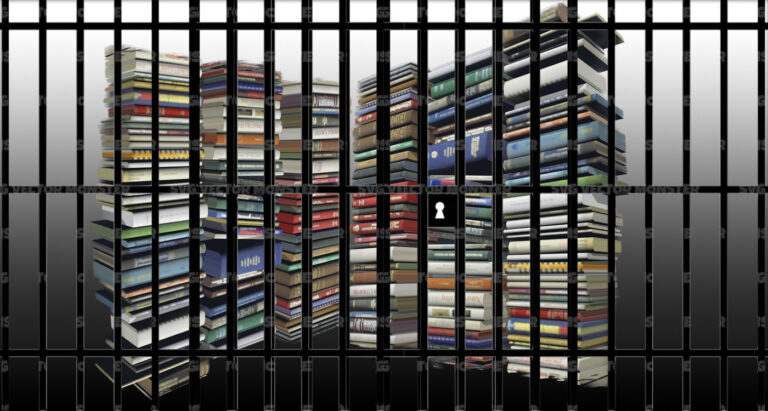
DIGGING FOR THE FACTS ON SYDNEY METRO
Now the real digging begins. Without proper public hearings, the government has revealed it will spend more than $300 million dollars acquiring more than 30 inner city buildings for Sydney Metro. When the Rees Government first produced its plans for a new rail system off the back of an envelope, the Murdoch press reported, “The government won’t give a breakdown on how much is allocated for the purchases as opposed to the start of construction costs”.
Now that the figures are available for public calculation, you can do the sums on your own recycled scrap: half of the $581 million allocated in the current state budget for the Sydney Metro project will be spent acquiring a catalogue of urban properties.
Whether or not the project ever goes ahead, the Rees government will spend hundreds of millions from the public purse on a massive land grab in Pyrmont, Rozelle and the CBD. With its leftover pocket change, Rees intends to commit the taxpayers of NSW to spend an unfathomable sum digging the state deeper into debt without providing the infrastructure necessary to relieve traffic jams from Sydney’s northwest or southwest anytime soon. Without the funds to cover its commitments, in the lead-up to a state election the government has invited public tenders for Sydney Metro. Now that the top secret tender documents have started to roll in, the Murdoch press reports total costs for the project could blow out to $7 billion — a staggering $1.23 billion per kilometre to burrow from Central to Rozelle.
And this is only the start of the line. The largest single purchase of commercial property will take place directly opposite Town Hall, where six properties and 41 tenancies will be obliterated to make way for an empty plaza outside a potentially antisocial train station. As this week’s City News reports, “Business owners facing relocation due to the construction of the Town Hall Metro station are feeling short-changed by proposed compensation payouts.”
The property owner of the ill-fated buildings opposite Town Hall is Sydney City Council, which will negotiate the best outcome for its own cash reserves. While many local small businesses may well go bust, State Member Clover Moore is negotiating a good return on her own political investments. Five years ago, the newly elected Lord Mayor spent $19.1 million buying a building at Pitt and Park. Over the previous quarter of a century, Town Hall had spent $19.4 million buying every other building (bar one) to create a 5300 square metre barren plaza. The purchase price of the remaining strata-owned building was pie in the sky — until the Rees Government offered buckets of government cash for the City’s properties in the one hand versus the threat of compulsory acquisition in the other. In her submission to the Fairfax media enquiry into public transport (government-run public hearings being rare these days) Clover Moore’s only comment regarding the proposed multi-billion dollar rail project was, “Preparation for the CBD metro could be an opportunity to fast track some of our Sustainable Sydney 2030 projects, including a pedestrian, cycling and public transport boulevard on George Street and the creation of a new Sydney Square in the front of the Town Hall.”
The City’s dream of an open plaza opposite Town Hall by 2030 is fast becoming a nightmare for many of the CBD’s struggling small businesses. As one of the displaced small business owners told the City News this week: “In the last three to four years before I buy [sic] this business, I went ahead and checked with the government [and] council…I said: ‘In this area, is anything happening?’ They don’t [sic] give me any information, they said: ‘No, it’s not going to happen until the year 2030.’”
The state government says it has no plans to develop any of the station sites beyond the structures needed for the station itself, claiming that on its balance sheets the properties will “remain revenue neutral”. But what they have not disclosed is whether or not they intend to sell development rights for the demolished properties (and their potential air space rights) into the private market. At some point down the track the government will sell off public land and it will also be the consent authority for development applications lodged by the new owners. Only a cynic would suggest that $300 million worth of prime inner-city redevelopment rights in NSW could be sold to developers for political gain.
Despite public outrage and the nearly unanimous vote of this week’s Local Government Association against the Sydney Metro proposal, the Planning Department will inevitably approve the rail project, which includes the wholesale demolition of 30 properties at a cost to taxpayers of $300 million without assessing a proposal to replace the lost commercial floor space. In its dying days in office, the Labor government will railroad through a proposal that will have considerable consequences on the existing built urban landscape long after Rees has been replaced.









